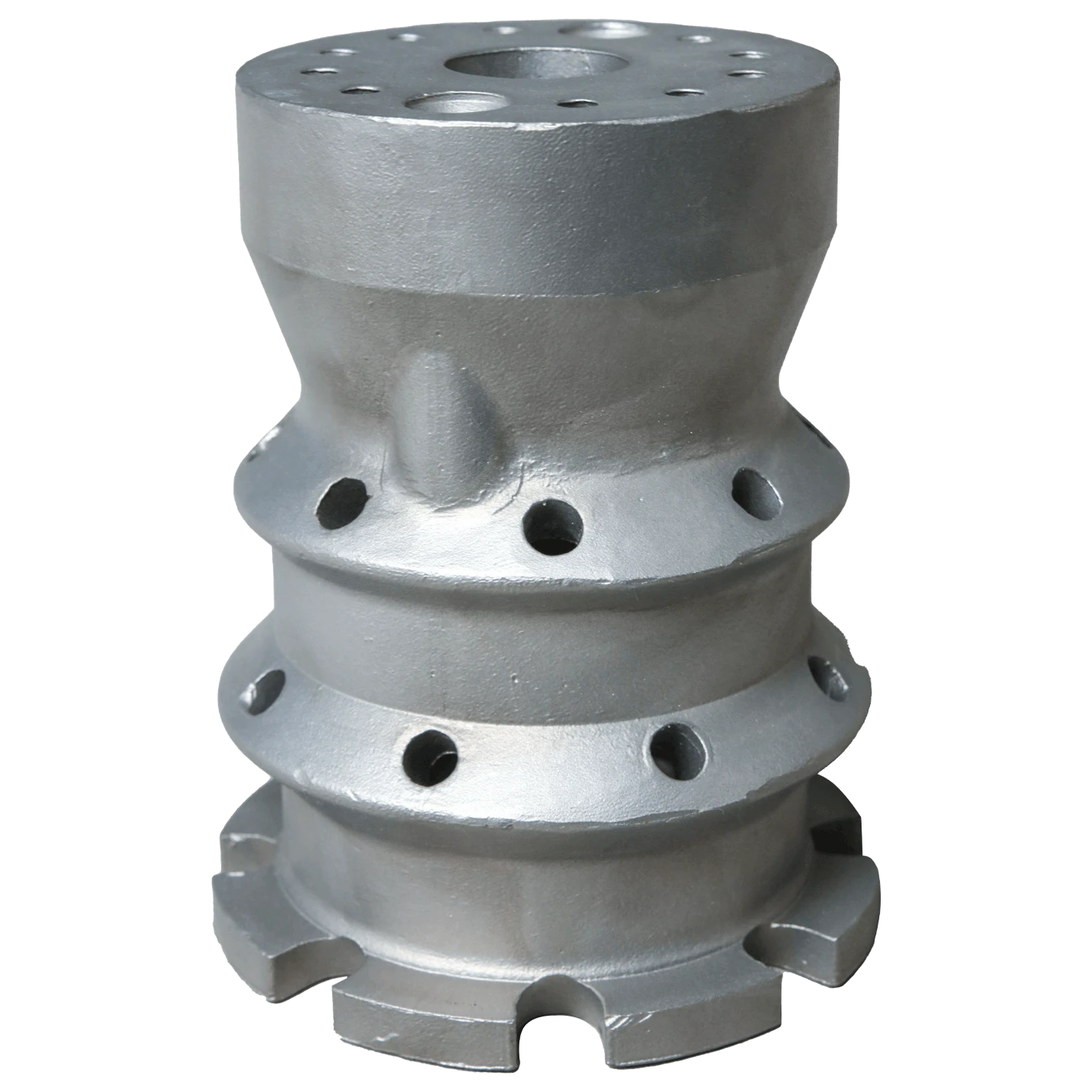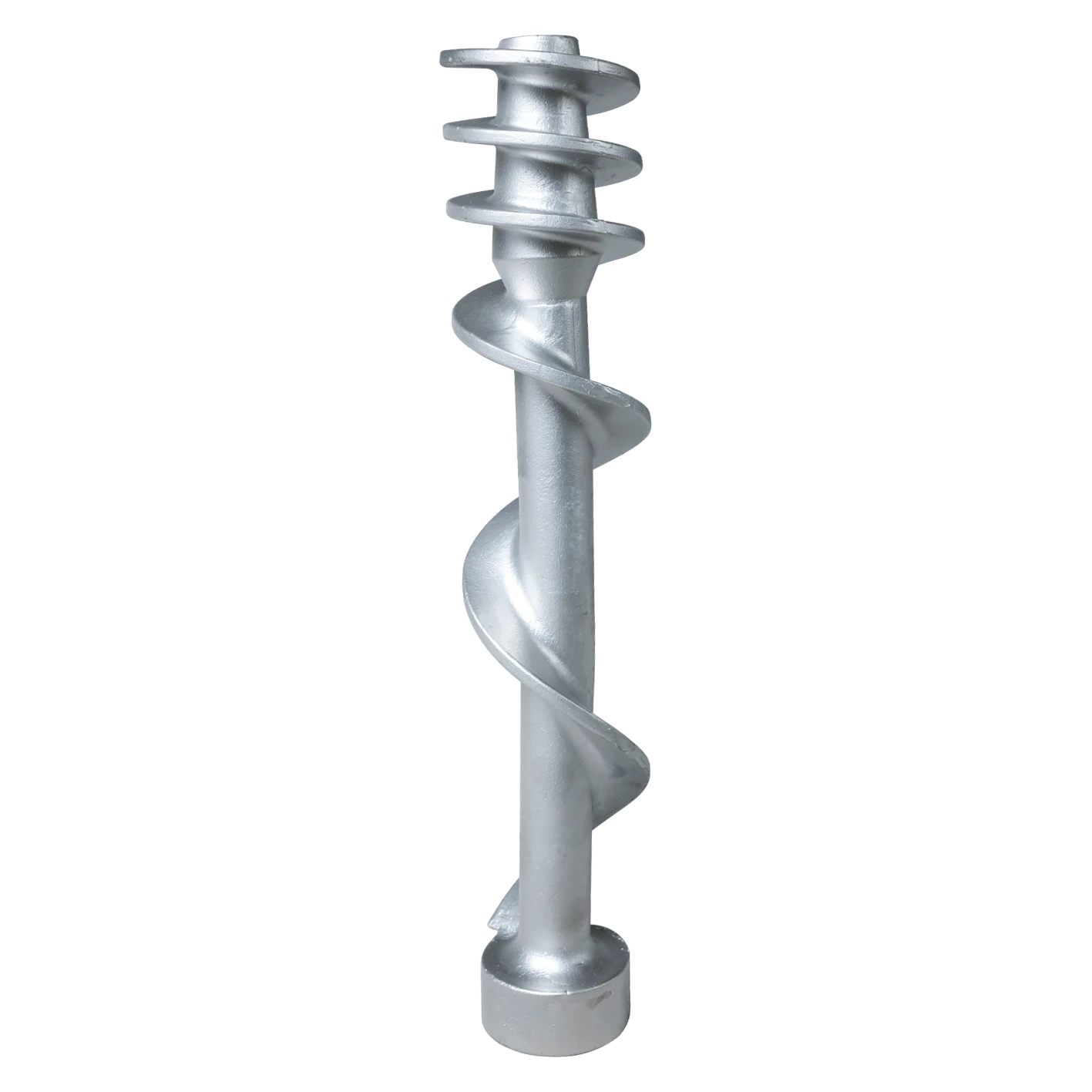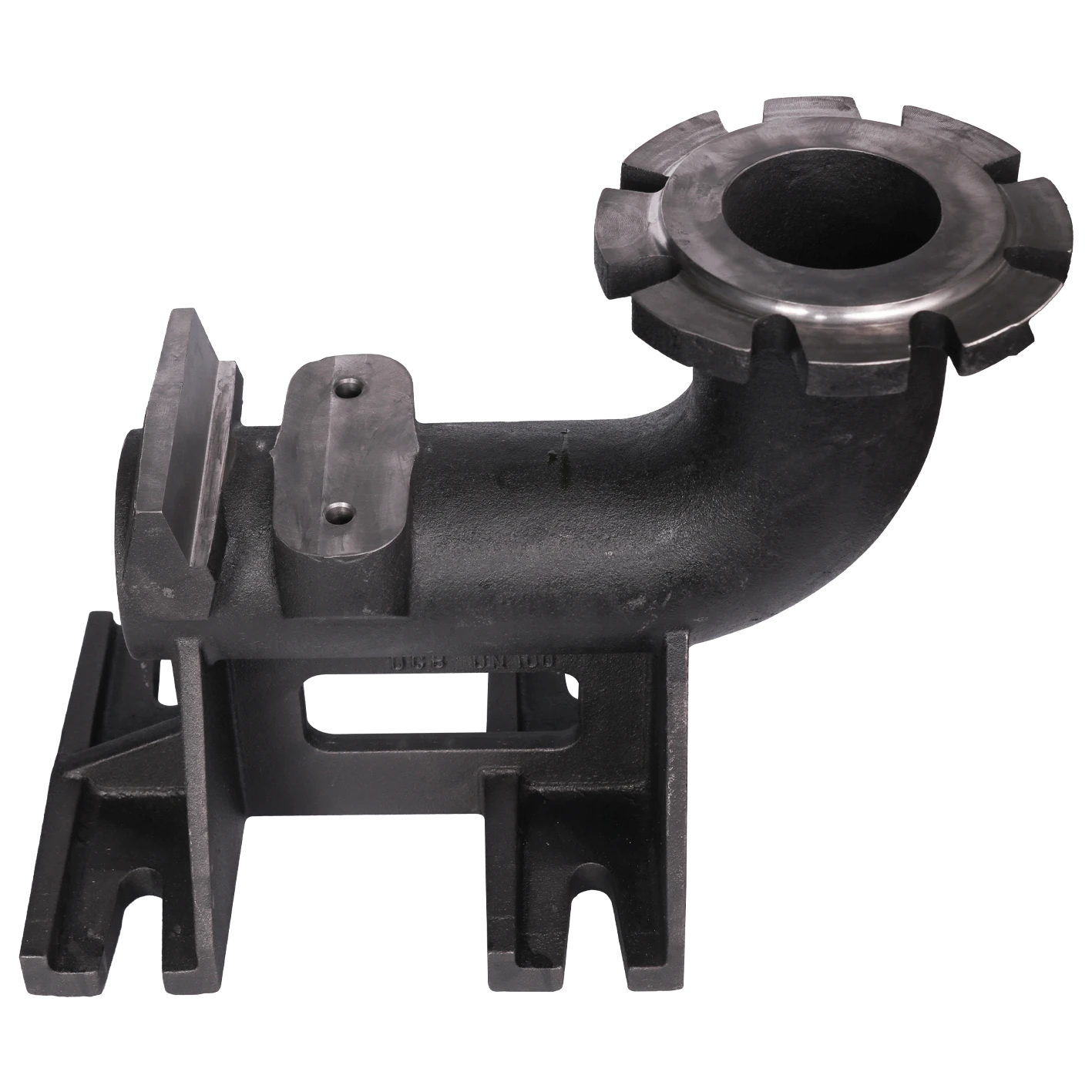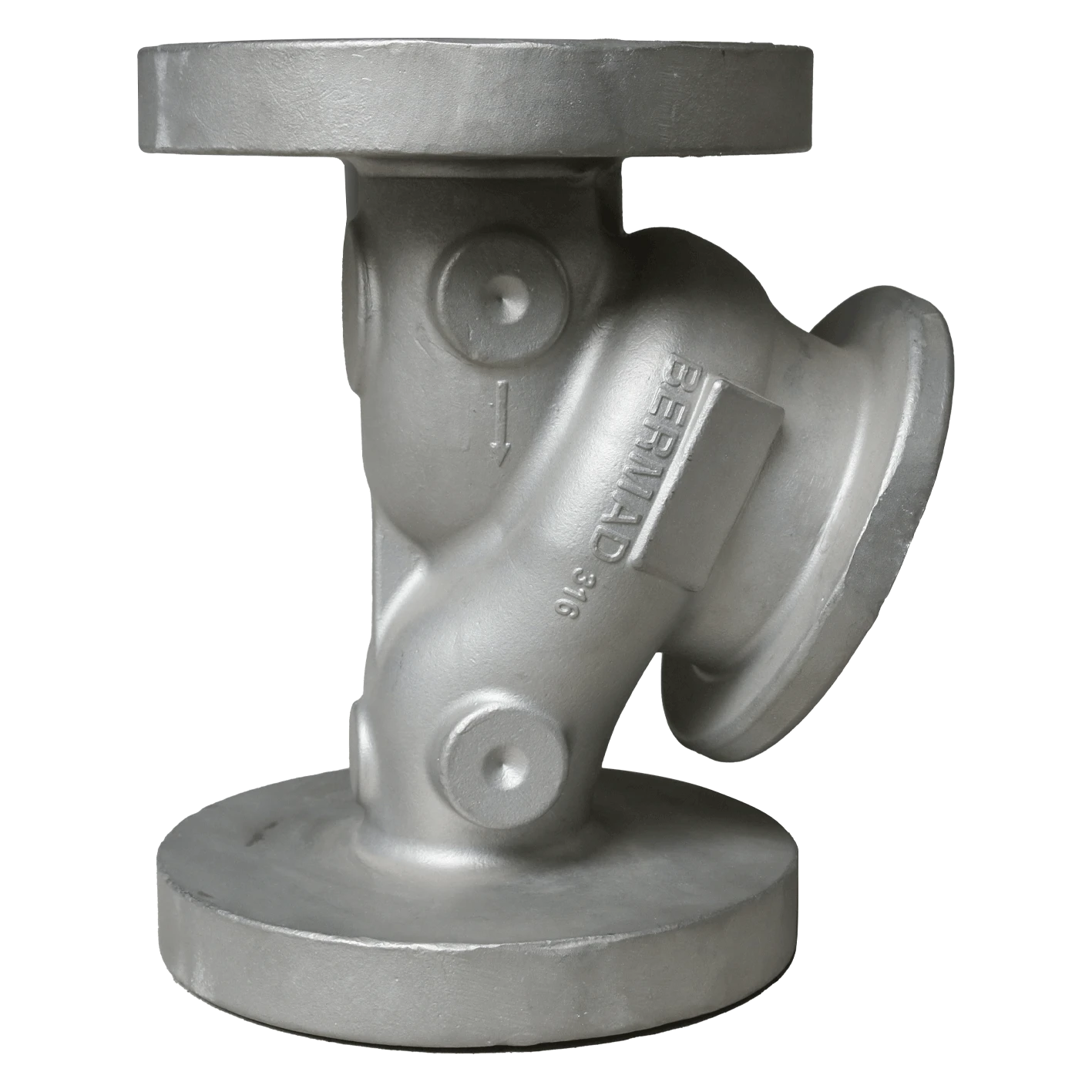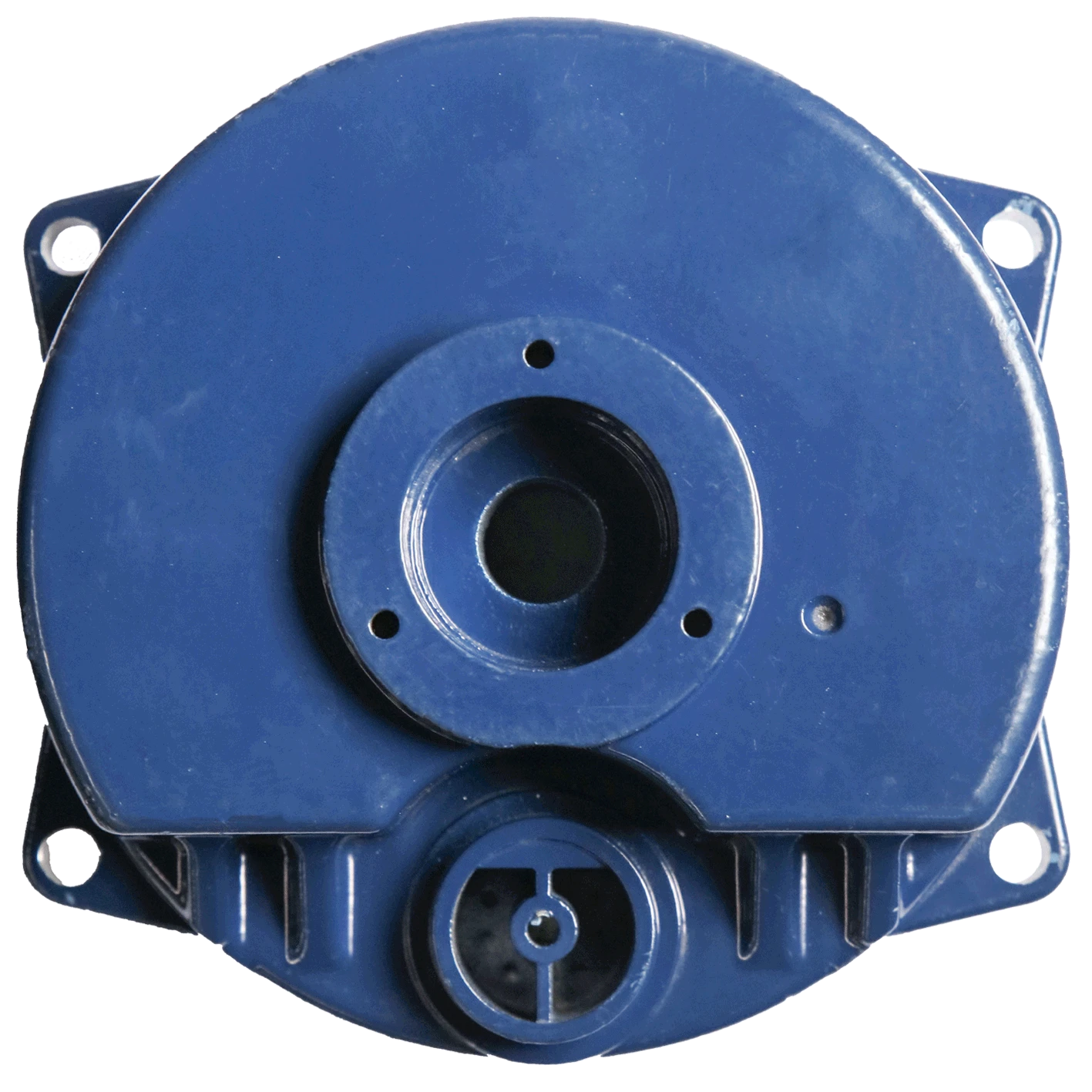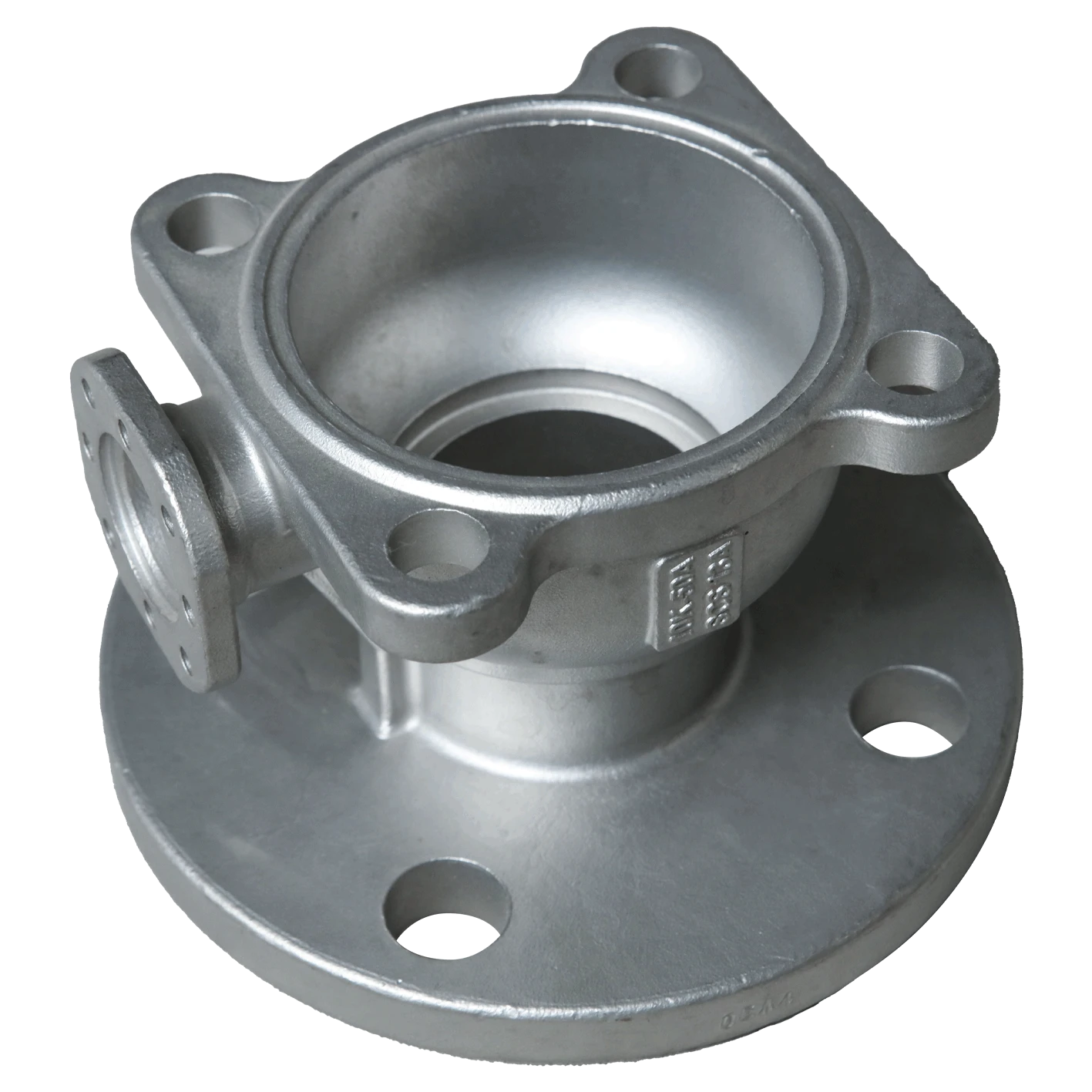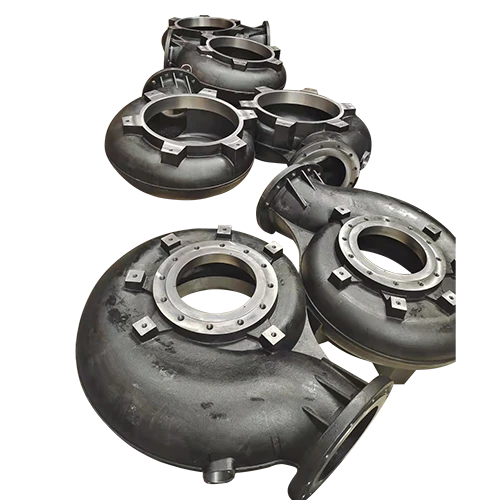Mobile:+86-311-808-126-83
Email:info@ydcastings.com
English
Innovations and Advances in Continuous Casting for Steelmaking Processes
Advances in Steelmaking and Continuous Casting
Steelmaking is a critical process in metal production that has undergone significant advancements over the years. One of the most pivotal developments in this field is the integration of continuous casting technology, which has transformed the way steel is produced and shaped. This article explores the process of steelmaking, the continuous casting technique, and the benefits it brings to the steel industry.
The Steelmaking Process
The journey of steel production begins with the extraction of iron ore, which is processed in a blast furnace to create molten iron. This molten iron can then undergo various refining processes, notably the Basic Oxygen Process (BOP) and Electric Arc Furnace (EAF) methods, both of which help in reducing impurities and adjusting the carbon content to produce steel of desired grades.
While traditional methods of steel production were batch-oriented—where steel was produced in large individual batches—modern innovations have shifted towards a more streamlined and efficient method. This shift is largely driven by the need for increased productivity, reduced waste, and the ability to meet the demands of a rapidly evolving market.
Continuous Casting An Overview
Continuous casting is a process that emerges directly after the steelmaking phase, where molten steel is poured into a set of molds to create semi-finished products like billets, blooms, and slabs. Unlike traditional casting methods, where the steel is allowed to solidify in discrete molds, continuous casting allows for the uninterrupted flow of liquid steel, resulting in continuous strips of cast material.
The continuous casting process involves several key steps
1. Molten Steel Transfer After the steel is produced, it is transported to a casting machine where it is maintained at high temperatures. 2. Pouring into Molds The molten steel is poured into a mold that is cooled with water for solidification.
3. Withdrawal and Cutting As the steel solidifies, it is gradually pulled from the mold and cut into desired lengths for further processing.
steelmaking continuous casting
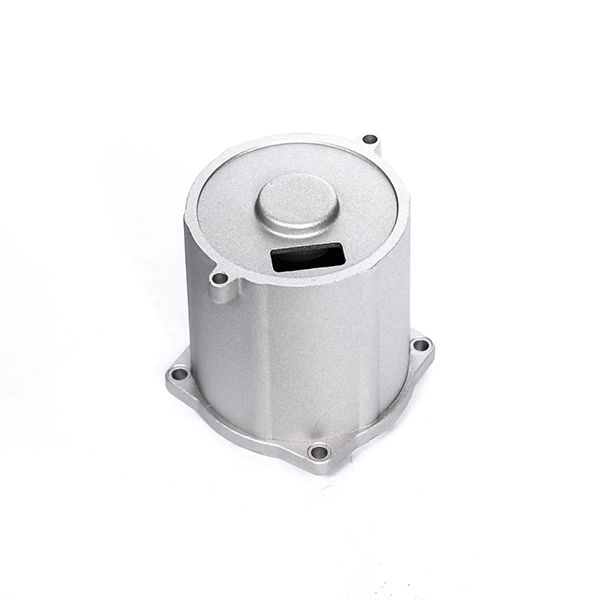
4. Secondary Processing The cast products may undergo further treatments such as rolling or forging to achieve specific dimensions and mechanical properties.
Benefits of Continuous Casting
The introduction of continuous casting has revolutionized the steel industry, offering numerous advantages
- Increased Efficiency Continuous casting significantly reduces the time required for steel production. The uninterrupted process allows for a higher throughput, resulting in increased productivity.
- Better Quality Control Continuous casting offers a more controlled environment for solidification, leading to better surface quality and fewer internal defects in the final product. This consistency in quality is crucial for structural applications where material properties are paramount.
- Reduced Material Waste Traditional casting methods often produce excess material that must be recycled. Continuous casting minimizes waste by producing shapes that are closer to the final product dimensions.
- Cost Effectiveness The efficiency and reduced material waste of continuous casting lead to lower production costs. This cost advantage is vital in a competitive global market where steel manufacturers must remain profitable.
Conclusion
The integration of continuous casting into steelmaking has profoundly impacted the steel industry, ushering in an era of efficiency, quality, and cost-effectiveness. As technology continues to evolve, the future of steel production looks promising, with continuous casting at the forefront of innovation. Embracing these advancements will be crucial for manufacturers aiming to meet the ever-growing demands for high-quality steel in various applications, from construction to automotive industries.
-
Premium Fan Housing & Motor Casing for Optimal AirflowNewsAug.31,2025
-
High-Performance Automobile Water Pump & Electric SolutionsNewsAug.30,2025
-
Expert Stainless Steel Casting | Precision & Durable Metal PartsNewsAug.29,2025
-
Precision Metal Castings: Aluminum, Stainless Steel & Die CastingNewsAug.28,2025
-
Superior Aluminum Castings in Automotive Engine PartsNewsAug.22,2025
-
Common Materials Used in Fan Housing ManufacturingNewsAug.22,2025

